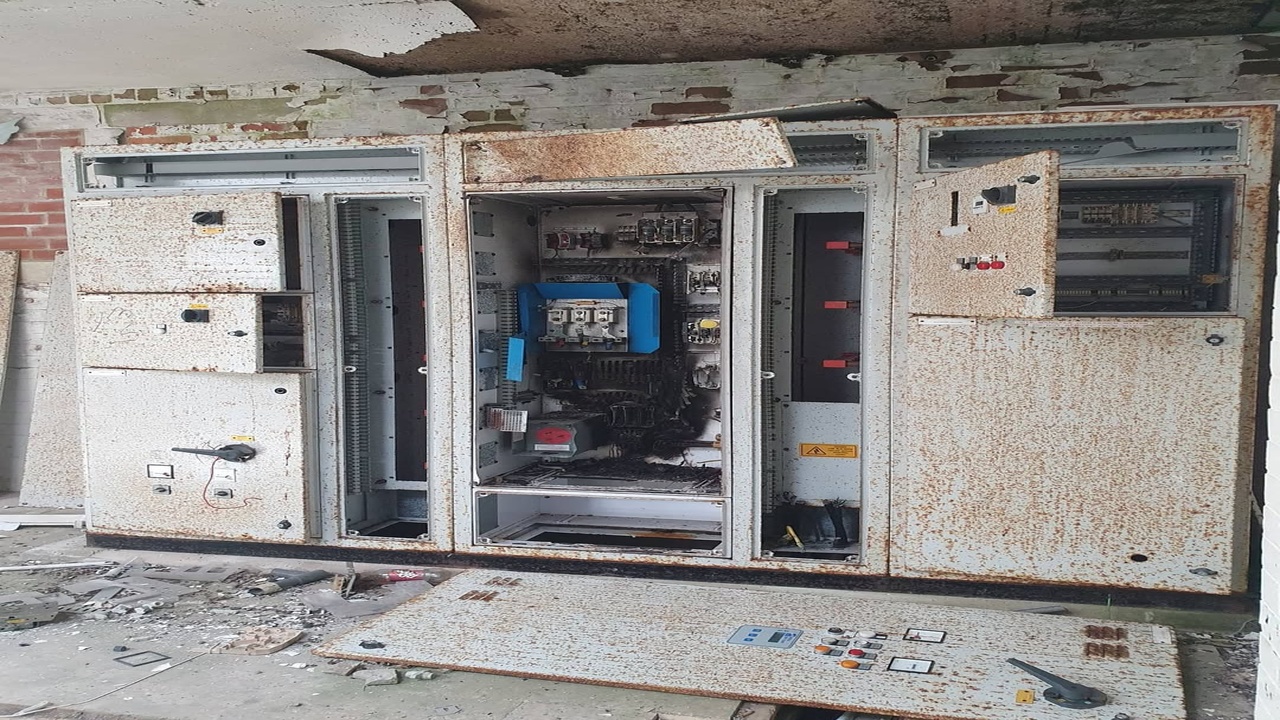The development of shelters for women began in the 1970s, coinciding with the rise of the feminist movement that advocated for the plight of women suffering from domestic violence and abuse. During these moments, women suffering from domestic violence had few avenues for seeking help and support. Numerous shelters and refuges sprang up to assist women and children who were seeking to escape from abusive relationships. These shelters gave women a chance to rebuild their lives and also provided empowerment resources for women who turned to them at desperate times. Women’s refuges have come a long way from offering just a place of safety to now providing counseling, legal aid, transitional housing, and several other comprehensive services. Women’s shelters continue to provide invaluable assistance to women and girls who face domestic violence, sexual abuse, and other horrific forms of violence.
The creation of women’s shelters is a notable achievement in combating domestic violence. Shelters have offered vital assistance to numerous women and children who have suffered abuse. They have also contributed considerably to the understanding of domestic violence and the support and resources needed by survivors. Women’s shelters have actively spearheaded campaigns to advocate for policy adjustments.
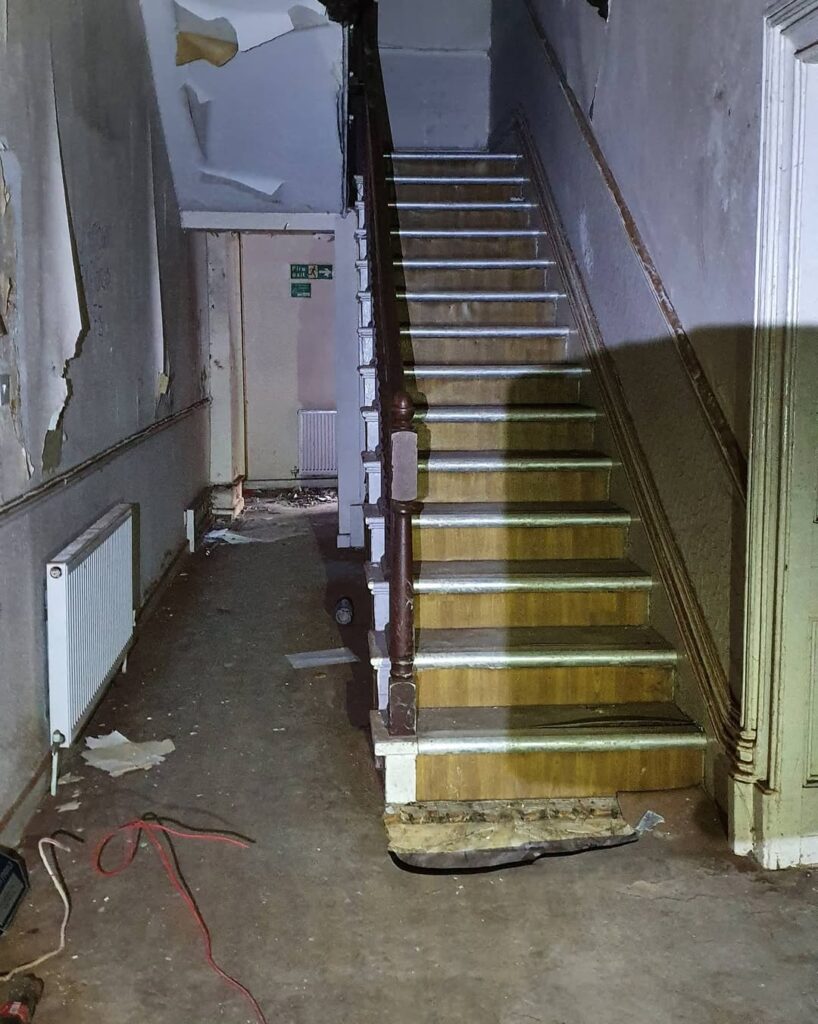
The Effects of Abandonment on the Community
Abandonment in any form may have far-flung impacts on individuals and communities from the emotional and psychological effects of abandonment which creates grief to social withdrawal. Abandonment results in social detachment trauma that results from emotional distress. Women tend to suffer the most when they are left alone due to financial problems and a victim of emotional pain. In most cases, it creates broken homes which results in poverty that is a vicious cycle hard to depart from. Moreover, such trauma directly impacts the individual mental health of children leading to severe emotional self-containment and self-isolation. And lastly in the socio-economic perspective, the community collapses due to escalation of financial burden—abandonment increases the need for minimal social assistance, drained community funds, and insufficiency of solid social foundations.
The consequences of women being abandoned highlights the lack of adequate support given to these women. Providing adequate support would help these women lead functional lives and live independently. If these communities provide proper assistance, we can try to eradicate the cycle of poverty and dependence that often comes with abandonment. In addition, communities should also focus on coming together for the more pressing problem of advocating and raising awareness on abandonment.
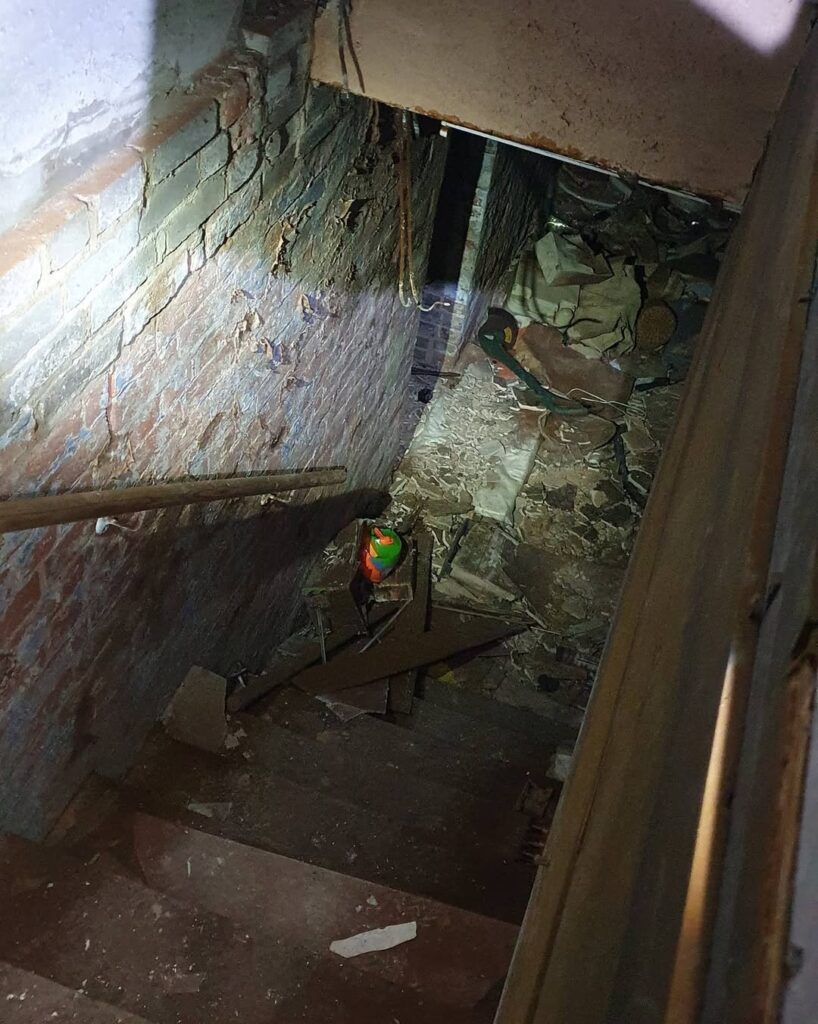
Problems Encountered by Abandoned Women
Abandoned women encounter numerous problems that may hinder them from restructuring their lives and progressing. Financial instability stands out as one of their most urgent challenges. A good number of these women have no access to a job or economic backing, which creates difficulties in obtaining the means to take care of their basic needs and even take care of their children. This can result in lack of access to not only food, but also essential services. Alongside financial problems, every abandoned women faces issues such as emotional trauma, social isolation, and legal hurdles. Most of them have to deal with unaffordable housing, childcare, healthcare, and education which increases their vulnerability.
An additional critical challenge that abandoned women face is the often unspoken stigma and shame associated with such abandonment. Many women experiencing these circumstances feel a profound sense of shame and want to remain invisible. This perpetuates their reluctance to seek out help or support in any form. Such women become victim to social exclusion and are deprived of essential resources. Abandoned women experience discrimination in other spheres of their life as well, such as in employment, real estate, and multiple other domains of life which makes it significantly harder for them to restore their lives. It is important for abandoned women to get the help and resources they require to overcome these hurdles and regain.
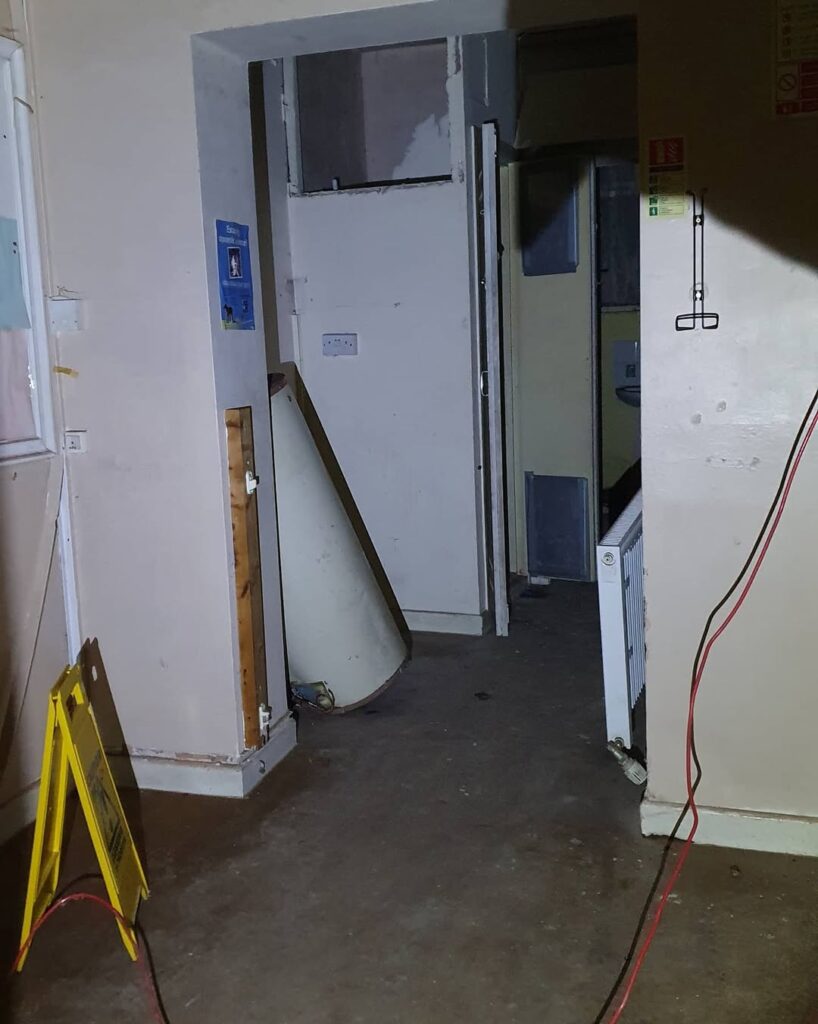
Attempts to Restore the Neglected Refuge
There is an increasing understanding that there is a need to restore abandonded hands off shelters to improve care for the women who have been forsaken by their partners. Restoration attempts have concentrated on enhancing shelters’ services and funding, as well as addressing different barriers to accessibility. A number of abandoned women’s shelters have integrated more comprehensive programs catering to the needs of neglected women by including counseling, legal aid, vocational training, and housing support. There is now greater emphasis in funding abandoned women refuges to ensure there sanctuary shelters and resources to aid women who need help.
Enhancing services has also focused on enabling access for women from different backgrounds. Addressing issues of race, ethnicity, sexual orientation enables inclusivity to abandoned women refuges. Measures have been attempted for abandoned refuges to be culturally appropriate provide services based on the distinct needs of populations. By restoring boarded refuge centers this way, communities will be able to provide better assistance to women who have been left behind by their partners.
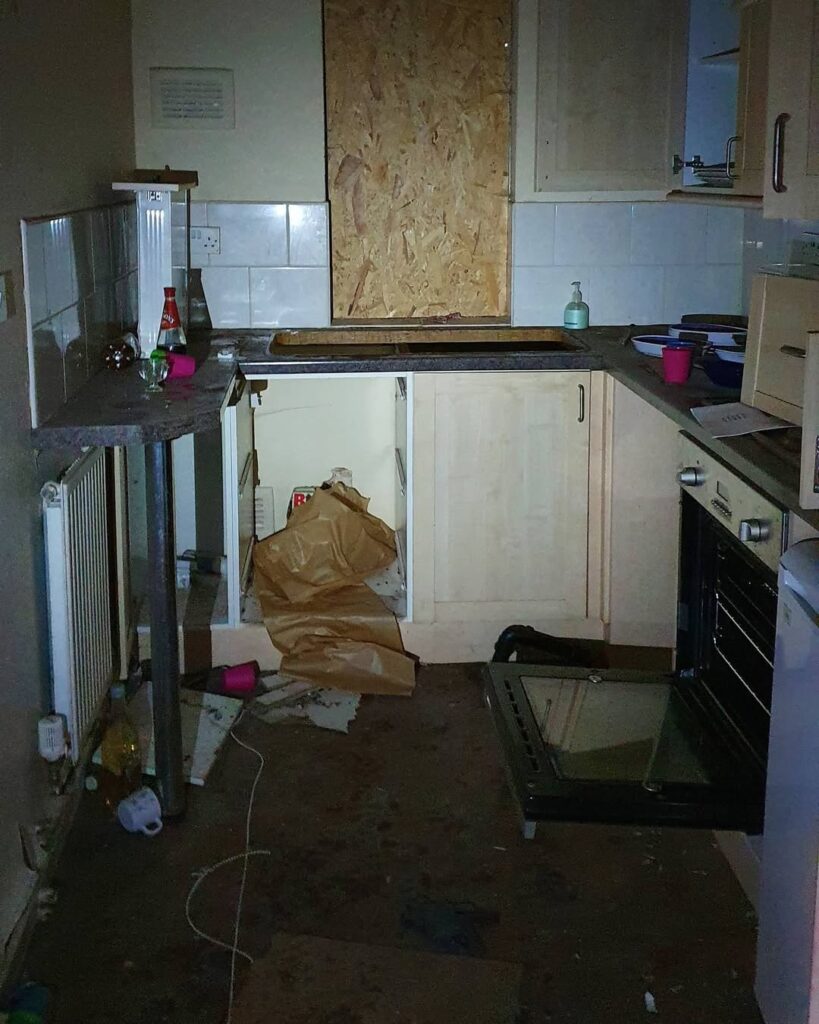
Future Plans for the Abandoned Women’s Refuge
The future of the abandoned women’s refuges and shelters rests on a few primary objectives. One primary objective is to improve financial support which provides adequate funding to provide comprehensive services for abandoned women. This encompasses finances directed toward more advanced services such as counseling, legal aid, employment opportunities, housing assistance, childcare, and financial self-sustainability programs. Along with increased funding, there is a need to address improving the sociocultural accessibility of diverse women refugees through the inclusivity and cultural competency of the shelter.
In summary, the abandoned women’s refuges are instrumental in assisting women who have faced domestic violence, sexual violence, and other forms of abuse. These shelters serve countless abused women offering them safety and support which empowers them to reclaim their lives. They also contribute to the feminist cause fighting for systemic change in women’s rights, gender equality, preventing violence against women. In the future, it is important that women’s refuges receive adequate funding to provide a holistic approach to supporting the survivors of abandonment.





